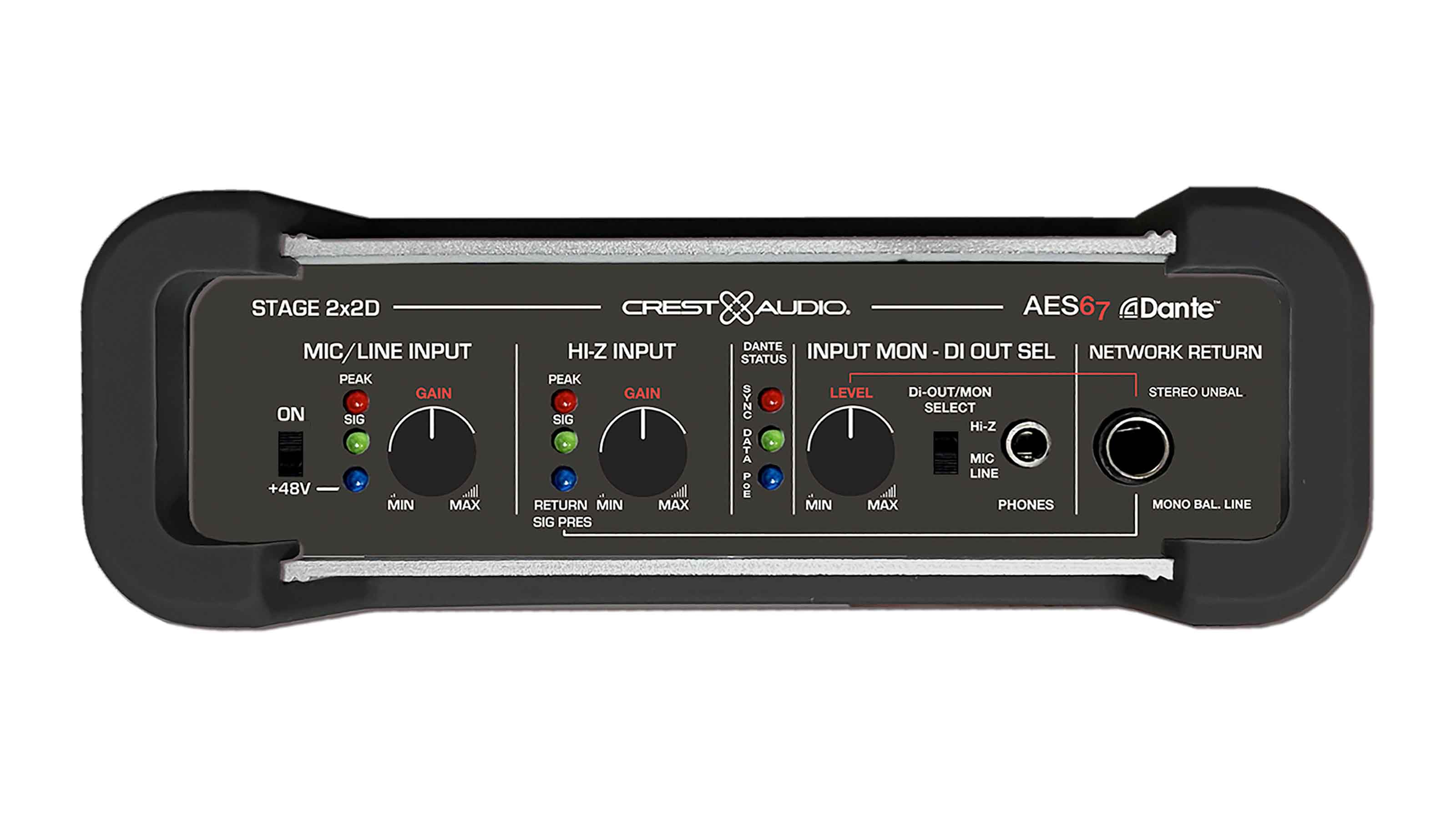Cloud Power: Decisions, Decisions
What's important when contemplating your cloud-based AV infrastructure?

As I’m writing this, I’ve just returned from the whirlwind of the NAB Show. “Should I go to the cloud?” was a question often heard echoing throughout the halls of the Las Vegas Convention Center. I‘d like to press pause on that conversation for just a moment to talk about the many considerations that go into the initial part of that decision. If not carefully thought through, these issues can sabotage efforts during the next phase.
[Editorial: Can NDI Become Ubiquitous?]
It’s very easy to get to the point where you don’t have the right steering wheel to drive the car you’ve built. Let's discuss the major decisions that need to be determined before making this determination.

Perhaps the biggest underlying question is: What’s driving you? It’s important not to make a dogmatic decision when it comes to designing a public cloud workflow. Just because you can, doesn’t mean you should.
Even if upper management decides they want to move everything to the cloud it doesn’t mean it’s a good decision for your part of operations or your bottom line. The decision points for the IT organization, for example, are very different from a media firm or any company producing and delivering real-time audio and video. Even in terms of storage alone, an IT organization’s general needs are vastly different than a media workstream.
It’s the same type of decision process when you’re using an existing IT infrastructure, be it on-prem or in the cloud, to produce a special project or handle a workflow that it wasn’t designed for initially. The data points other parts of your organization base their cloud decisions on are not going to be the same data points you use.
Critical Points
Some of the overall questions we start with are: Why do something in cloud as opposed to on premise? What is your goal? Is it financial? Do you require location diversity? Is it because you don't have a place on prem to build a server room? What is the real driving force behind this?
A daily selection of the top stories for AV integrators, resellers and consultants. Sign up below.
Those answers will drive the use case and become the matrix of what’s possible and what’s not. Once you've established the use case, then you conduct an analysis, which is similar to what you’d look at when starting the design development process for an on-premise model.
Latency on premise is controllable. Latency in the cloud is not.
What drives the next decision point is the location of your physical audience. In today’s world, our biggest challenge in cloud is not compute power or storage capacity, but bandwidth and latency in signal transport from your premise to the cloud and from the cloud to the delivery point of production. That point of production may or may not be a room in the same building you’re in. Of the two issues, latency is the more troubling. Bandwidth can always be increased; it’s a matter of cost.
[How a Cloud Platform Restores Serenity to Marco Island Beach Resort]
Latency, on the other hand, is a matter of physics. If the entire signal arrives milliseconds after it was sent for delivery from the origination point, that doesn’t matter to the viewer—as long as the audio and video are synchronous. But if I’m handling I-MAG in a venue or playing back videos, graphics, and audio in real time, any inability to have audio and video synchronous with the physical interaction in the room is a potential showstopper.
Live, on-premise audio and video can be synchronized using delays. However, I cannot control the time difference between the latency to go to cloud, signal processing, signal return, and the amount of time it takes for the photons that reflect off the human on the stage for the viewer to see. It’s a very unpleasant experience to have the I-MAG or the audio be milliseconds behind.
The signal could be traveling to a data center across the country and coming back, which is a very big travel difference when compared with a server room 50 feet away from the venue. The question becomes: What can I do to minimize travel and latency that could make it acceptable to go down that path? If video quality can’t be delivered at an acceptable threshold, a public cloud infrastructure is off the table.
Hybrid Infrastructure
Latency on premise is controllable. Latency in the cloud is not. If I’m originating content that’s good enough to be sent to viewers, latency and distance are not an issue.
This can lead to the possibility of a hybrid infrastructure. For example, if you’re doing a corporate production with an audience of several hundred people and you’re streaming the show, you’ll generally have two infrastructures. One will be focused on the in-room experience, with the other on creating content for the broadcast audience (whether that’s a stream, television, or videoconference).
You can split your infrastructure between on-prem and cloud. Often, that’s a very viable use case. If you're looking at it as a venue that you're producing content from, there's always an audience in the room. That's a constant. What might change is the complexity of the broadcast, depending upon the content of the show.
Determine who is your viewing audience and where they are located. Is the audience larger in the room or for the broadcast/stream? How large is the remote audience?
When the audience is larger for the streamed program, that’s a key decision point. If only 50% of the shows are streamed to say 15,000 employees worldwide, perhaps you can use a public cloud infrastructure. Or you may not want to take up the physical space a production control room requires. The streamed show could be run by a virtual production team working from their homes or other buildings.
Power and Cost Considerations
It’s also critically important to know what your computing requirements are so you can engage the best cloud vendor for your application. Otherwise, down the line you may discover the only way to make the system work is to pay the cloud vendor more than your budget allows for a 100 GB line. At that point, you will have wasted money designing a cloud-based system that may perform technically—but is not the best use of your budget.
[Cloud Power: The Importance of Interoperability]
Once you've done the analysis of latency and other requirements for content production, then you can begin to analyze the cost. Without those requirements, you don't know what you're charging.
In my next column, we’ll look at how to analyze what’s financially best for your organization. We’ll breakdown the cost of building a cloud, on-prem, or hybrid system and the varying costs of operation. Because how a system is initially designed directly affects how it’s managed for many years to come.
Dave Van Hoy is the president of Advanced Systems Group, LLC.

